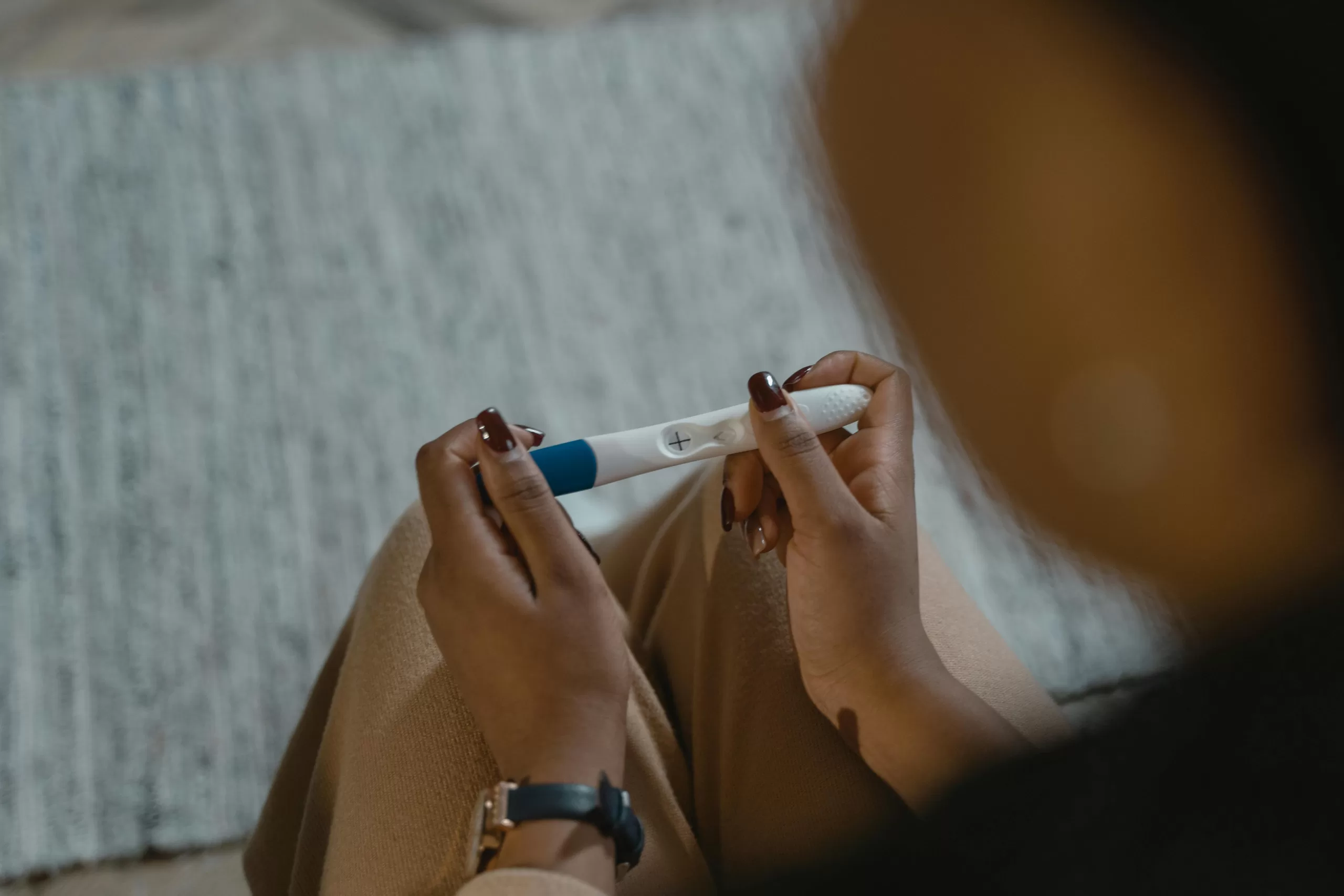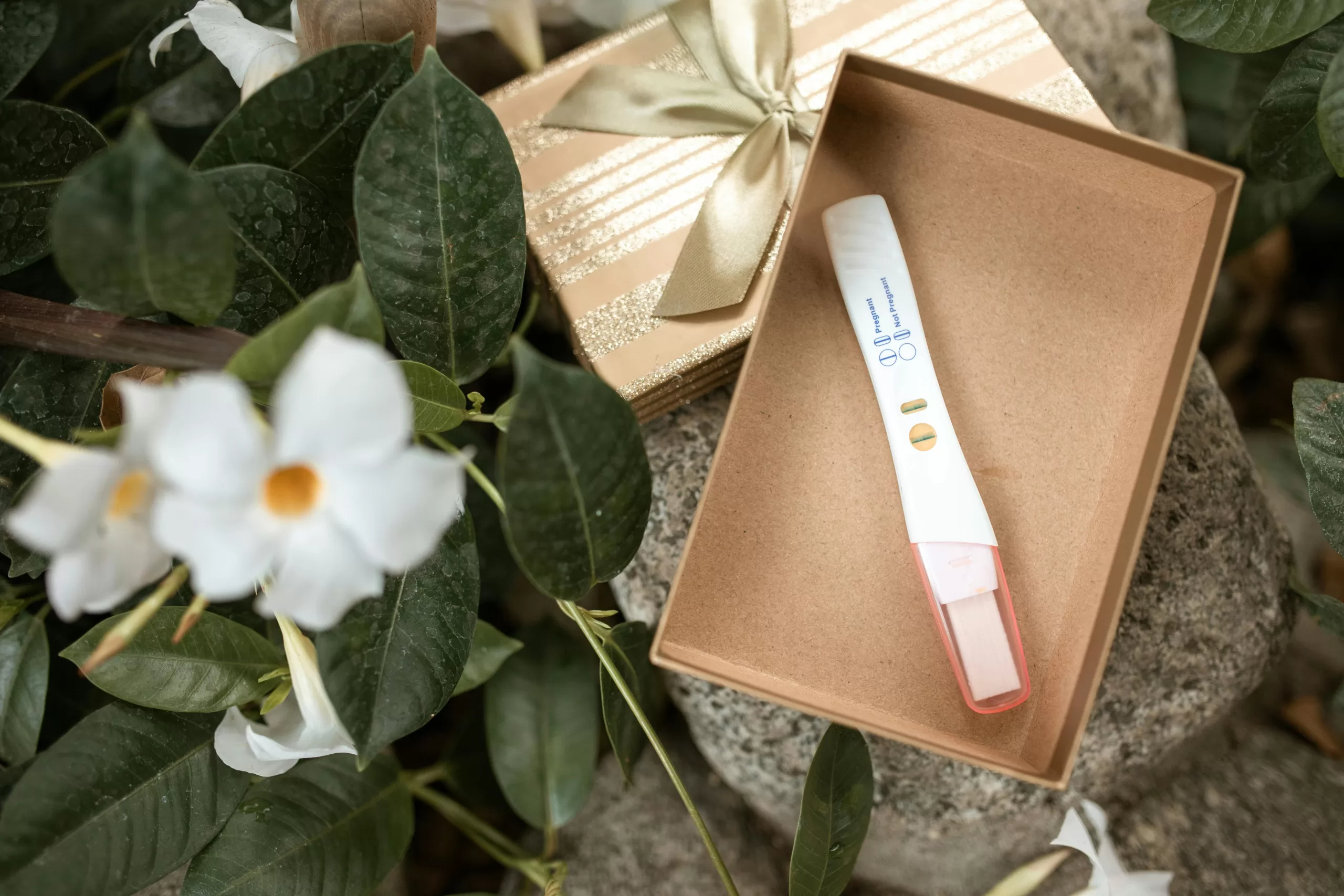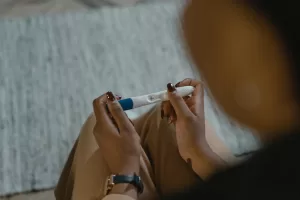Finally being diagnosed with Asherman’s syndrome, Lisa McCarty shares her challenging to motherhood
When my husband Ryan and I decided to start trying for a baby, I never expected the challenges that lay ahead. Despite undergoing several rounds of intrauterine insemination (IUI) at the age of 29, I had no success in conceiving. It was a disheartening experience, to say the least. Eventually, we switched to in vitro fertilization (IVF), and finally, I became pregnant with our first child.
However, our pregnancy took a turn when I unexpectedly went into labor three weeks early and faced complications with a retained placenta. This led to a postpartum and an emergency dilation and curettage (D&C) procedure to remove the placenta from my uterine wall. The whole experience was physically and mentally traumatic.
After recovering from this ordeal, I was determined to move forward and embrace my new role as a mother. Little did I know that our journey to have a second child would be even more challenging. We embarked on another round of IVF treatments, but despite our efforts, I faced four devastating miscarriages in a row. The last one, in particular, left me feeling like a complete failure.
Desperate for answers, we sought the advice of a specialist recommended by my endocrinologist. It took months to secure an appointment, but when we finally met him, I felt a glimmer of hope. After reviewing my medical history and considering my previous emergency D&C and recurrent miscarriages, the specialist suggested a diagnosis: Asherman’s syndrome.
Asherman’s syndrome is a condition characterized by the presence of scar tissue in the uterus, often caused by previous D&C procedures and recurrent miscarriages. This scar tissue can interfere with embryo implantation, leading to pregnancy loss. To confirm the diagnosis and address the issue, the specialist scheduled a hysteroscopy procedure to remove any scar tissue present.
During the follow-up appointment, the specialist used a camera-equipped surgical tool to examine my uterine lining. To our dismay, a significant amount of scar tissue was found, particularly concentrated at the top of the uterus where implantation typically occurs. He removed some of the scar tissue and confirmed the diagnosis of Asherman’s syndrome, attributing it to my recurrent miscarriages.
I couldn’t help but question why it took so long to reach this diagnosis. The specialist explained that Asherman’s syndrome is often misdiagnosed or undiagnosed due to the limitations of available tests. I was both surprised by the diagnosis and relieved to finally have an explanation for my struggles.
The specialist recommended three more rounds of treatment to remove the scar tissue, scheduled two weeks apart. In between appointments, I had to take estrogen to facilitate the healing of my uterine lining and prevent further scar tissue growth. The next six weeks felt like an eternity as I anxiously waited to find out if the treatment had been successful and if I could try to conceive again.
Finally, the day of my last appointment arrived. When the specialist completed the fourth procedure, he delivered the incredible news: the scar tissue had not returned. There was no sign of it. He assured me that we had fixed the issue and encouraged me to pursue having my baby.
Overwhelmed with joy, I walked into the waiting room and embraced my husband. It felt like the dark cloud that had been hanging over us had finally dissipated. In the following week, we consulted with my endocrinologist to discuss our plan for our remaining embryo. After receiving approval, we proceeded with the transfer protocol.
Two weeks later, the blood work confirmed what I had been cautiously hoping for: my hCG hormone levels were doubling and I was indeed pregnant. Though my previous losses made me cautious, this time, I was able to carry my baby to full term. Our second child, our son Noah, was born healthy and happy.
Thanks to the treatment for Asherman’s syndrome, I was able to have my miracle baby. However, it took almost a year and a half to receive a diagnosis. I am aware that I am not alone in this experience, and it is now my mission to raise awareness and provide support to other women struggling with recurrent pregnancy loss.
If you have experienced recurrent pregnancy loss or difficulty getting pregnant for a prolonged period, it is crucial to advocate for your own health. Consider asking your primary doctor or endocrinologist the following questions:
– Should I see a specialist for my recurrent losses?
– Do you suspect Asherman’s syndrome could be the cause?
– Can you recommend a specialist in this field?
I had no idea that there was an underlying reason for my struggles or that treatment was available to address it. I am grateful for the opportunity to have my children and to have overcome Asherman’s syndrome. Witnessing friends struggle with infertility and recurrent losses breaks my heart, and I hope that by sharing my story, I can make a difference in someone else’s life and offer them hope.
Lisa’s story was shared on the Huffington Post
Brisbane couple’s struggle to conceive second child due to Asherman’s Syndrome








